Why Threads is Gaining on Twitter: A Breakdown of the Rivalry
Social media is not what it used to be. The once unshakable dominance of platforms like Twitter has been challenged in recent years by a new generation of apps that understand how today’s users think, share, and connect. One such platform is Threads. Released by Meta, Threads quickly positioned itself as more than just an alternative to Twitter. It has started to attract creators, influencers, brands, and everyday users at an impressive pace.
This article takes a close look at why Threads is gaining traction on Twitter, breaking down the strategies, user shifts, and broader social trends fueling the rivalry.
Twitter’s Identity Crisis
To understand why Threads is rising, we first have to look at what has been happening on Twitter. Since Elon Musk acquired the platform in 2022, Twitter has undergone a series of rapid and controversial changes. These include paid verification, relaxed moderation policies, and algorithmic timeline adjustments that favor engagement over authenticity.
While some users appreciated the bold direction, others felt alienated. Longtime users started noticing increased toxicity, a decline in meaningful interaction, and reduced visibility unless they paid for premium features. The blue checkmark, once a badge of credibility, became a subscription-based icon available to anyone.
This erosion of trust and consistency gave other platforms a window of opportunity. And Meta, the parent company of Facebook and Instagram, did not waste any time.
The Launch of Threads
Threads launched in July 2023 as a direct response to Twitter’s perceived downfall. Integrated closely with Instagram, Threads made onboarding easy. Users could sign up using their Instagram credentials, carry over their followers, and instantly start posting. This seamless transition was a major reason millions joined within the first week.
Unlike Twitter, Threads emphasized conversation without chaos. Its interface felt familiar yet more refined. There were no trending hashtags encouraging outrage. There were no aggressive debates dominating the feed. It felt calmer, more personal, and more welcoming. This tone made a big difference.
Key Differences That Matter
Let’s look at the core differences between Threads and Twitter that have contributed to this momentum shift.
1. Simplicity and User Experience
Threads kept things clean. Its timeline is chronological and uncluttered. There are no promoted posts, political arguments dominating your feed, or aggressive algorithmic interruptions. The app invites users to share thoughts in a way that feels casual and pressure-free.
Twitter, on the other hand, is increasingly shaped by algorithmic trends. Users see tweets from people they don’t follow, often driven by controversy or viral appeal. This can make the experience feel noisy and impersonal.
2. Integration with Instagram
One of the smartest moves Threads made was its integration with Instagram. This allowed users to carry their brand and audience over with no effort. For creators and influencers, this was huge. They did not have to start from scratch. This cross-platform synergy helped Threads scale faster than most Twitter alternatives ever could.
3. Tone and Culture
Twitter has a reputation for being combative. While that can create viral moments, it also creates burnout. Many users have spoken publicly about feeling drained after spending time on the app. Threads, in contrast, began as a calmer space. Without trending topics or quote tweet battles, conversations stayed more focused and respectful.
The culture on Threads is still evolving, but its early tone has appealed to users looking for a break from digital hostility.
4. Meta’s Infrastructure
Meta’s reach and infrastructure gave Threads a head start. The company already had the tech, server power, and user base to launch the app at scale. This is something smaller Twitter clones have struggled with.
Because of this, Threads could afford to grow without relying heavily on ads, premium subscriptions, or venture capital. It was a long-term play by Meta, and they were willing to let it grow at its own pace.
Creator and Brand Movement
Another reason Threads is gaining momentum is that brands and influencers are beginning to see real value in it. In the past, Twitter was the go-to place for announcements, engagement, and content distribution. But its recent instability made creators explore new options.
Threads allows for authentic storytelling. It encourages users to post thoughts and updates that feel more personal. Brands are using Threads for behind-the-scenes insights, product previews, and genuine conversations with their audience.
This return to human-centric content is part of a broader trend across the internet. Users are tired of over-edited marketing posts. They want real voices. Threads is capitalizing on that shift.
Meta’s Strategic Timing
Timing matters in tech. And Meta played this one well. Twitter was already bleeding users due to its new verification model, increased subscription pushes, and the exit of several high-profile figures. Threads launched when people were already looking for something better.
Meta also held back from pushing Threads too hard. There were no aggressive ads or forced logins. It allowed curiosity and organic growth to do the work. This subtle approach built more trust.
Where the Rivalry Stands Today
As of now, both platforms still coexist. Twitter, now rebranded as X, retains a loyal base of power users, journalists, and political commentators. But the tone has changed. It no longer feels like the public square it once was.
Threads, on the other hand, is still growing into its identity. It is finding its audience among Gen Z users, content creators, and everyday social media users who want a simpler, more honest platform.
It is not a one-for-one replacement, but it is becoming a powerful alternative.
What Comes Next
This rivalry is not about who wins overnight. It is about how users evolve with platforms. Attention is currency in today’s digital economy. And users are becoming more selective about where they spend it.
Twitter will need to listen more carefully to its community if it wants to retain relevance. It must balance free speech with moderation, monetization with value, and noise with nuance.
Threads, meanwhile, must avoid becoming too sanitized or commercialized. If it can preserve its early culture while scaling, it might not just compete with Twitter — it might redefine how we connect online.
Final Thoughts
The battle between Threads and Twitter is more than just a tech war. It is a reflection of how people want to communicate in a digital world that often feels overwhelming. Threads is gaining not just because of better features, but because it feels like a better space to be in.
As users continue to explore what social media means in 2025 and beyond, one thing is clear. Platforms that listen, adapt, and respect their users will be the ones that last.
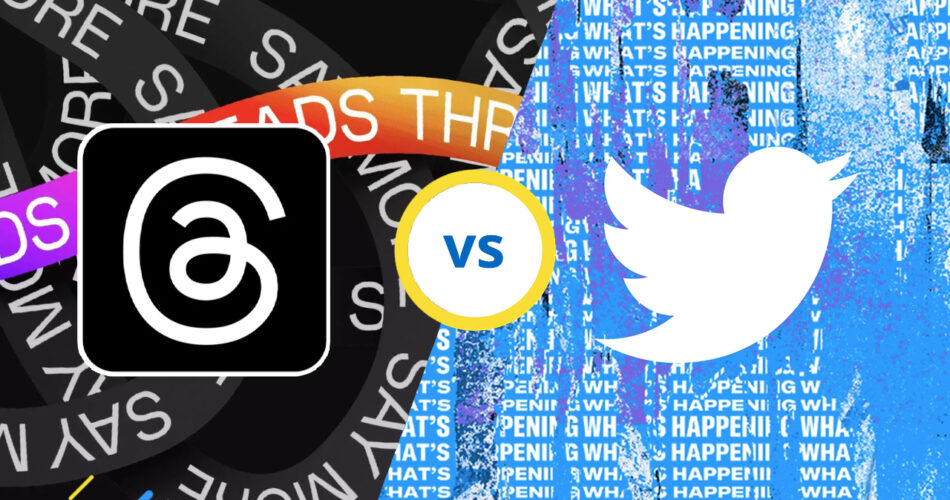


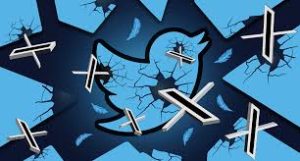

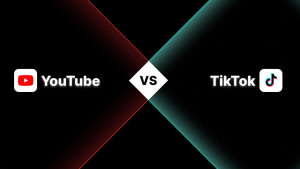

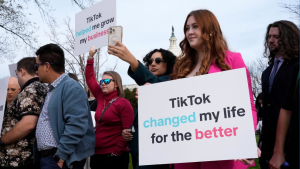
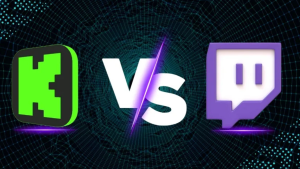

Post Comment